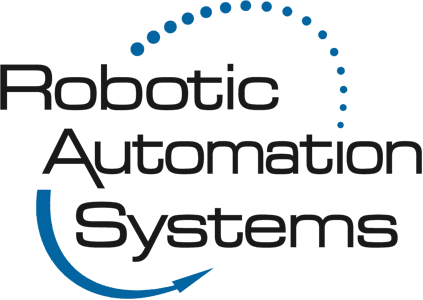7 Types of Object Detection Sensors
Object detection is a critical aspect of the automation industry. While sensors don’t measure, identify, or quantify items, they are useful for detecting closing doors, arriving carrier pucks, and objects on a conveyer belt. Object detection communicates the presence, or absence, of a target to the machine’s control system via an electronic signal.
Many different object-sensing technologies are in use today. Here are seven of the most common solutions found in the automation industry.
- Electromechanical limit switches contain a sensitive micro-switch that changes state when an object displaces a mechanical actuator, such as a roller, whisker, or lever. This basic object-sensing technology has moving parts, so it’s prone to wear and tear. In addition, physical contact with the target object isn’t always possible or desirable, so the applications for electromechanical sensors are limited.
- Pneumatic sensors use compressed air and a diaphragm valve to detect objects. When a passing item blocks the air stream, the tiny change in air pressure signals a downstream diaphragm switch to produce an electrical control signal. Pneumatic sensors are suitable for dirty environments or those requiring explosion-proof sensors.
- Magnetic sensors are actuated by a permanent magnet within their sensing range. One of two operating principles may be used—a reed contact or a Hall effect transducer. Because the failure rate of reed switches is relatively high, many engineers request Hall effect sensors.
- Inductive proximity switches consist of a wire coiled around a permanent magnet. The resulting electromagnetic field changes state when ferrous metal objects pass within range. These highly reliable and cost-effective proximity switches make up a large percentage of sensors in applications requiring metal object detection.
- Capacitive proximity switches detect non-metallic objects such as wood, paper, plastic, fabric, and liquid. They operate similarly to inductive sensors, but they detect changes in the electrostatic field.
- Photoelectric sensors send out a beam of light and detect changes in the amount of light that bounces back. Many types of photoelectric sensors are available to facilitate diverse applications. The three most common sensors are diffuse, reflective, and through-beam. The light sources that can be used in photoelectric sensors include visible, infrared, laser, and LED. Transparent objects or those with varying surface finishes may not be suitable for this type of objection detection.
- Ultrasonic devices transmit a short burst of sound, which reflects back to the sensor differently if an object is present. Sound waves reflect effectively off dense materials such as plastic, metal, glass, wood, and liquid. The sensor is also not affected by material transparency, finish, or color.
However, foam materials that absorb sound are unsuitable for this sensor type.
Robotic Automation Systems supplies automation solutions for plastic injection molding businesses located nationwide. Our services include complete installation, training, and ongoing support. We’ll help you determine what sensing technology and devices are best suited for your processes. Contact us today at (608) 849-0880 to discuss how we can help with your automation equipment needs.
